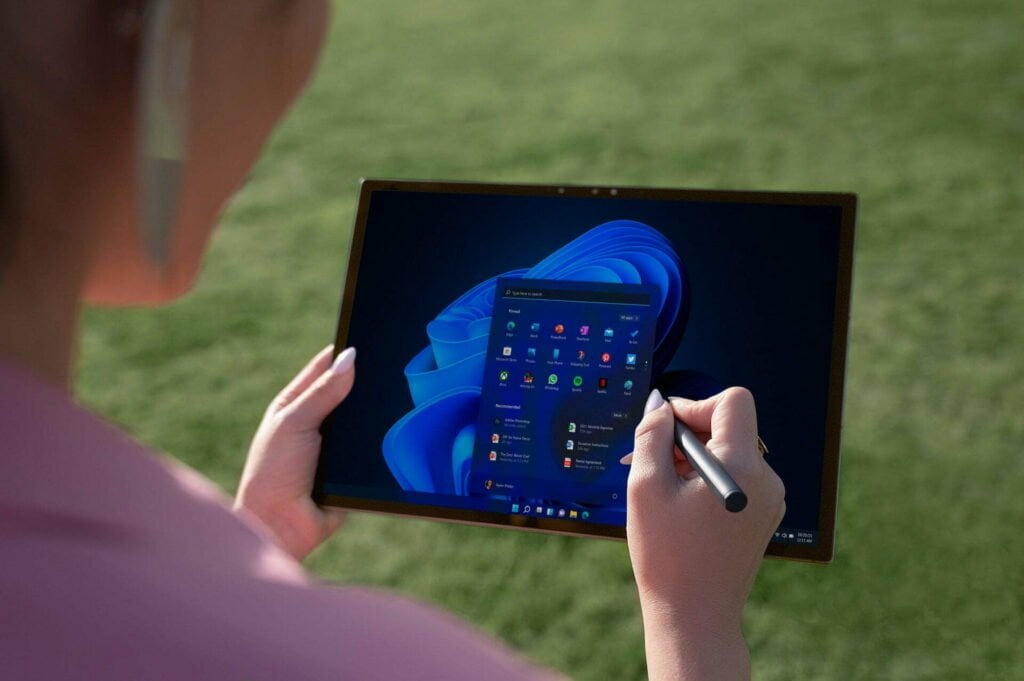Did Australia invent WiFi? It’s a question that has sparked curiosity and debate among tech enthusiasts and history buffs alike. In this comprehensive article, we’ll dive into the history of WiFi, Australia’s role in its invention, the progress of this groundbreaking technology, and what the future holds for wireless connectivity.

Did Australia invent WiFi?
In the early 1990s, researchers at the Commonwealth Scientific and Industrial Research Organisation (CSIRO) in Australia were working on a solution to the problem of moving large quantities of data around indoor environments. Their groundbreaking work in radioastronomy, which involved detailed knowledge of the structure and behaviour of radio waves, led to the successful development of wireless local area networks (WLAN).
The first Australian WLAN patent was filed in 1992, with the US patent filed in 1993 and approved in 1996. It led to the creation of prototypes and the founding of Radiata Inc by Dave Skellern and Neil Weste from Macquarie University. They took out a non-exclusive patent on the technology from CSIRO in 1997.
Australian radio-astronomer John O’Sullivan and his colleagues at CSIRO are credited with inventing WiFi, as their work laid the foundation for the wireless networking technology now used in billions of devices worldwide.
The Benefits of WiFi Technology
- Convenience: WiFi networks allow multiple users to connect through the same network without the need for physical cables, making it easier to set up and maintain1
- Mobility: WiFi enables users to access the internet and network resources from almost any location within their primary networking environment, such as a home or office.
- Increased productivity: WiFi allows employees to work from anywhere, access documents, emails, and applications, and collaborate with colleagues, boosting overall productivity.
- Cost savings: Wireless networks offer significant cost advantages compared to wired networks, requiring less wiring and maintenance.
- Expandability: WiFi networks can easily accommodate many users, making it possible to share files, communicate, and access information simultaneously.
- Enhanced customer satisfaction: Businesses can offer WiFi access to their customers, meeting their expectations and improving their overall experience.
The Evolution of WiFi: From IEEE 802.11 to Wi-Fi 6E
Since its introduction in 1997, WiFi has come a long way. The first version of the 802.11 protocol provided up to 2 Mbit/s link speeds, which was updated in 1999 with 802.11b to permit 11 Mbit/s link speeds. Over the past 24 years, WiFi has evolved from 2 Mbps to multi-gigabit speeds, a 1,000-fold increase in throughput.
The most recent standard in the IEEE 802.11 series, Wi-Fi 6 (802.11ax), was published in 2021 and supports the increasing use of WiFi in data-heavy and new applications such as video and cloud access.
The Future of WiFi: What Lies Ahead
As we look to the future, engineers are already working on Wi-Fi 7 (802.11be), which is expected to be completed in 2024. This standard represents a major evolutionary milestone with 4x faster data rates and twice the bandwidth.
The demand for WiFi sources is projected to grow tenfold in the next 10 years, and the global economic value of WiFi is estimated to reach $4.9 trillion by 2025. With the ongoing development of next-generation WiFi applications, such as AI, AR/VR, and battery-free IoT, the future of WiFi seems limitless.
Frequently Asked Questions:
When was WiFi invented?
WiFi was invented and first released for consumers in 1997.
Who invented WiFi?
Australian radio-astronomer John O’Sullivan and his colleagues at CSIRO are credited with inventing WiFi.
What is the most recent WiFi standard?
The most recent WiFi standard is Wi-Fi 6 (802.11ax), published in 2021.
Conclusion: Australia’s Lasting Impact on Wireless Connectivity
So, did Australia invent WiFi? The answer is a resounding yes. The groundbreaking work of Australian researchers at CSIRO, led by John O’Sullivan, has had a lasting impact on the world of wireless connectivity. As we continue to rely on WiFi for our daily lives and witness the ongoing evolution of this technology, we can’t help but marvel at the ingenuity and innovation that originated from the Land Down Under.




